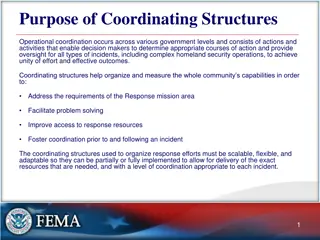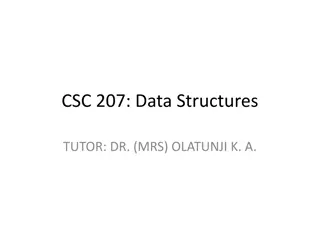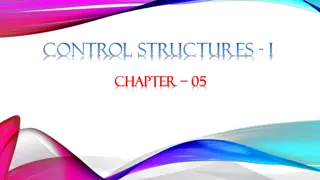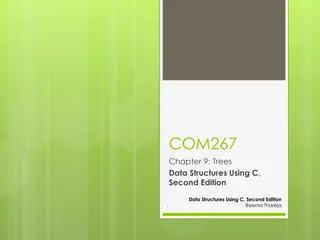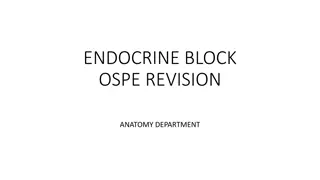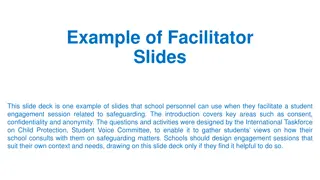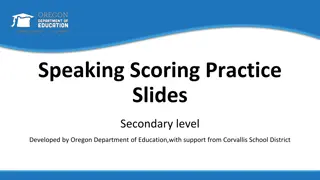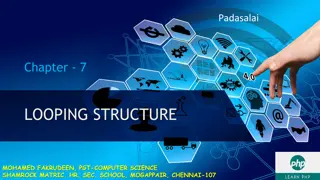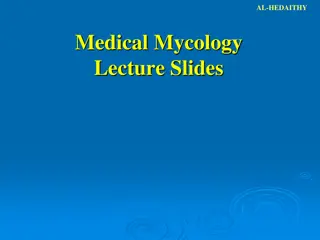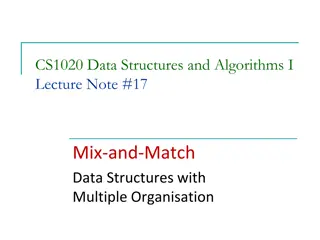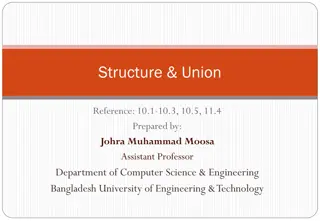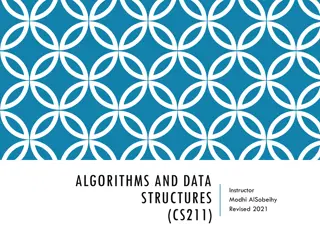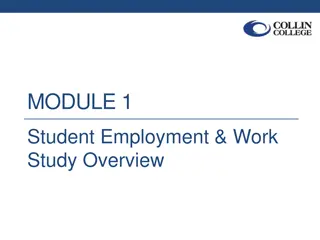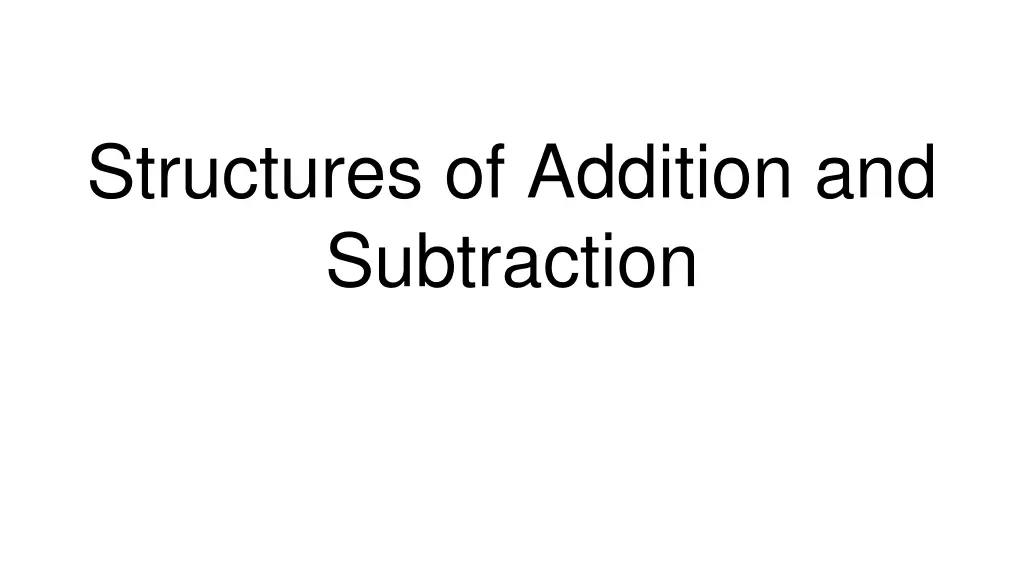
Structures of Addition and Subtraction Word Problems Activities
Explore various structures of addition and subtraction through engaging activities like solving word problems, analyzing student work, and understanding vocabulary terms. Enhance math skills and critical thinking in a fun learning environment.
Download Presentation

Please find below an Image/Link to download the presentation.
The content on the website is provided AS IS for your information and personal use only. It may not be sold, licensed, or shared on other websites without obtaining consent from the author. If you encounter any issues during the download, it is possible that the publisher has removed the file from their server.
You are allowed to download the files provided on this website for personal or commercial use, subject to the condition that they are used lawfully. All files are the property of their respective owners.
The content on the website is provided AS IS for your information and personal use only. It may not be sold, licensed, or shared on other websites without obtaining consent from the author.
E N D
Presentation Transcript
Structures of Addition and Subtraction
As you enter class: On a post-it note, write a addition or subtraction word problem. Totals should be less than 100 Problems should require one step to solve. When you re done, place your post-it aside for later.
Objective Solve, analyze, and generate word problems involving various structures of addition and subtraction and multiple representations.
Task 1: Solve Work individually to solve the six word problems on the handout. Include an equation and a drawing/model for each problem.
Task 1: Discuss When you are finished, compare with your table to see the variety of drawings and equations. Discuss what you would anticipate if you gave these problems to elementary students.
Task 1: Analyze Work with your group to analyze the student work handouts that were distributed. Consider: How do the students equations compare with what you wrote? How do the students drawings/models compare with yours? What strategies is this student using? Will those strategies always yield accurate results? How do you know?
Video excerpts of children solving Task 1 problems Student work Problem 1 Student work Problem 2 Student work Problem 3 Student work Problem 4 Student work Problem 5 Student work Problem 6
Activity A What are some vocabulary terms associated with addition and subtraction? A + B (addends, summands, terms, sum) A B (difference, terms; A = minuend, B = subtrahend; think subtract the subtrahend )
Activity A Inverse relationship: If A + B = C, then C - A = B Fact Family C - B = A Representations: C A B Bar diagram Number bond or math mountain
Activity A Addition and Subtraction Structures Puzzle packets include: Four puzzle templates Titles (place these first) Various pieces: Word problems, diagrams, equations List of discussion questions
Activity A: Puzzle Key Add to Problems Problems Take From
Activity A: Puzzle Key Put together/Take apart Compare Problems
Activity A: Puzzle Discussion 1. Which pieces were more difficult to place and why? 2. How did you decide where to place the Put-together/Take apart title? What is the difference between add to problems and put-together/take apart problems? 3. Why do some problems have both a situation equation and a solution equation ? What do these terms mean and why are they sometimes different? 4. How did you decide which stories are compare problems?
Activity A: Puzzle Discussion 5. Why are the diagrams for the compare problems different? I.e. what are the ovals for? 6. How do you distinguish between bigger unknown and smaller unknown compare problems? 7. Would there be a difference between 23 + ? = 41 and ? + 23 = 41 if these were situation equations for a problem? 8. Why might it be important for teachers to know these types of problems?
Revisiting the Launch Activity Place your post-it note in the location that best fits the type of problem you wrote. Add to Take away Put together Take apart Comparison Total unknown Change unknown Start unknown
Task 2: Generating word problem structures in context For this task, you ll be working in 12 groups. You ll find your group number in the table on page one of Task 2. Decide on a context that is familiar to everyone in the group. This could be a book, television show, movie, etc. After you ve decided on a context and recorded it in the table, go to the second page of Task 2 and find your group number. Wherever you see your group number, work with your group to generate a word problem of that structure. Your word problem should use the setting, characters, etc. relating to the context you selected.
Task 2: Analyzing word problems Take a moment to read the word problems that everyone wrote. What questions do you have about any of the problems? Are there any problems that you think are not accurate for the structure assigned?
Activity B: Structures Error Analysis The handout contains incorrect story problems written in response to questions A-C (in bold font) on a test In the space on the worksheet, identify what is incorrect about the response (do not rewrite the problem) Use the Stand-Up-Hand-Up-Pair-Up cooperative learning strategy Early finishers complete the last problem on the worksheet
Activity B: Discussion Which errors were the most difficult to identify and why? The response to #2 has the correct equation--why is it incorrect? The response in #8 is solved by addition, as required--why is it incorrect? Is anyone willing to share their story problem for the last question?
Wrapping up Review the problems you solved for Task 1 and discuss with a partner: What did you know and understand about these problems at the beginning of the class? What do you know and understand about these problems after this class? How will your understanding help you better support students in learning this content?
Exit Ticket Please complete the exit ticket before leaving.



